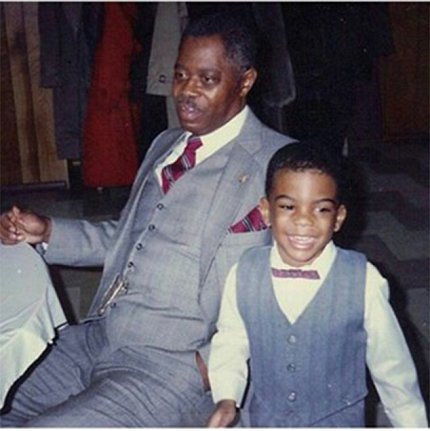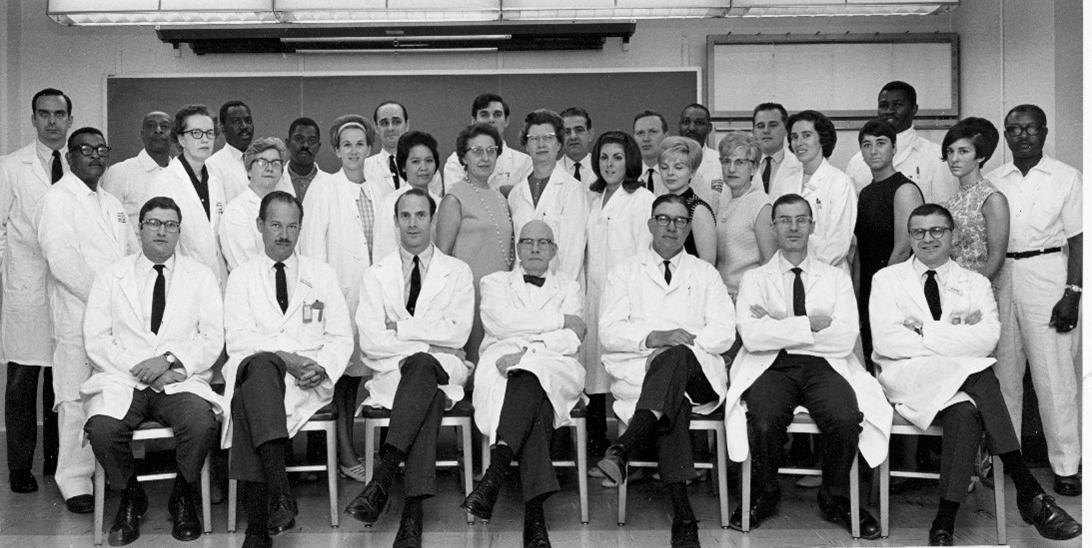Black History Feature Photo Adds Name to Face

This February, for Black History Month, the Office of NIH History and Stetten Museum (ONHM) honored Black scientists and staff from across NIH’s history. As part of the salute, the Feb. 17 NIH Record published an ONHM photo featuring an unidentified technician in the National Cancer Institute’s Laboratory of Pathology.
In the historical record, many support staff go unnamed or unrecorded. For that reason, ONHM was delighted when the Record received an email putting a name to the technician’s face:
“A family friend came across a picture of my grandfather, Charles Green, on your website…Thank you for honoring my grandfather on Black History Month. It means more than you would ever know.”
As a result, ONHM sat down with Green’s daughter, Cynthia Green, and grandson, Joshua Spivey, to talk about Charles’s life and career.

Born Jan. 18, 1927, near Libertytown, Md., Charles Green served in the U.S. Army during World War II. After completing his tour, he returned home and married Bernice Williams in December 1951 and started looking for a job. Although opportunities for a Black man in the Jim Crow South were limited, Green landed a position at the NCI Laboratory of Pathology in the mid-1950s.
Green’s daughter said his job at NCI was a good position that helped him support his family, which was his priority in life. After joining NIH, Green was able to move his family from an apartment to a house in Frederick, Md.
The Greens had three children, a son and two daughters, and regularly returned to Libertytown to visit family.
“He was a man that enjoyed his family and being around family…just the simple life,” said Cynthia. He loved boxing, cars, holidays and picnics out in Pinecliff Park. “During the holiday season, anything we wanted, my sister and I, we would have it. We didn’t want for anything.
“Being a Black man, there were some things that were challenging to him and his position [at work],” she acknowledged. Despite the obstacles, he loved his job and believed in the importance of the work he was doing.

In the lab, Green worked alongside such scientists as Dr. Alan Rabson, who spent 20 years in the Laboratory of Pathology before being named director of NCI’s Division of Cancer Biology and, later, NCI deputy director. Rabson was a leader in the field of cancer pathology and studied how certain viruses could cause cancer.
Spivey takes after his grandfather. They share a love of boxing, cars and family. Observant from a young age, Spivey learned to tie a Windsor knot by watching his grandfather get ready for church on Saturdays.
Green died from brain cancer in 1989 at age 62, when Spivey was just four years old. Despite the brief acquaintance, Green’s legacy left a lasting impression on his grandson, who is now a teacher and earning his doctorate in education at Morgan State University.
During the school year, Spivey makes sure to teach students how to properly knot a tie.
